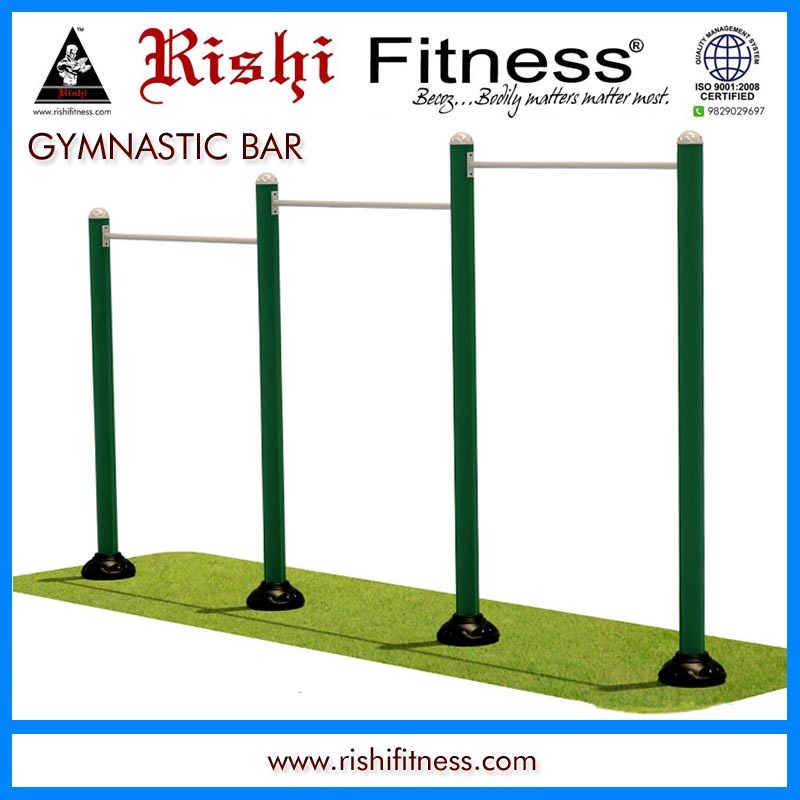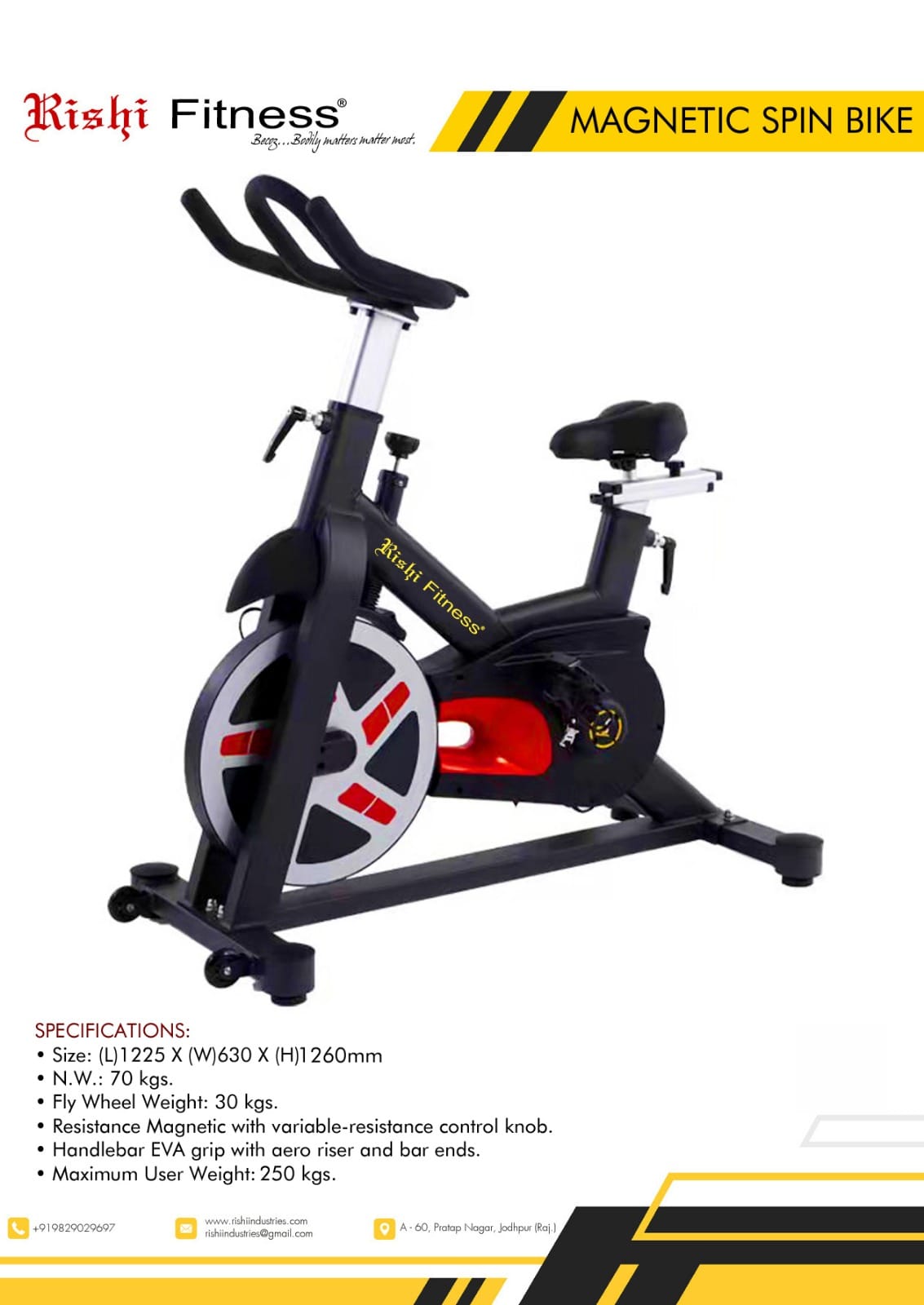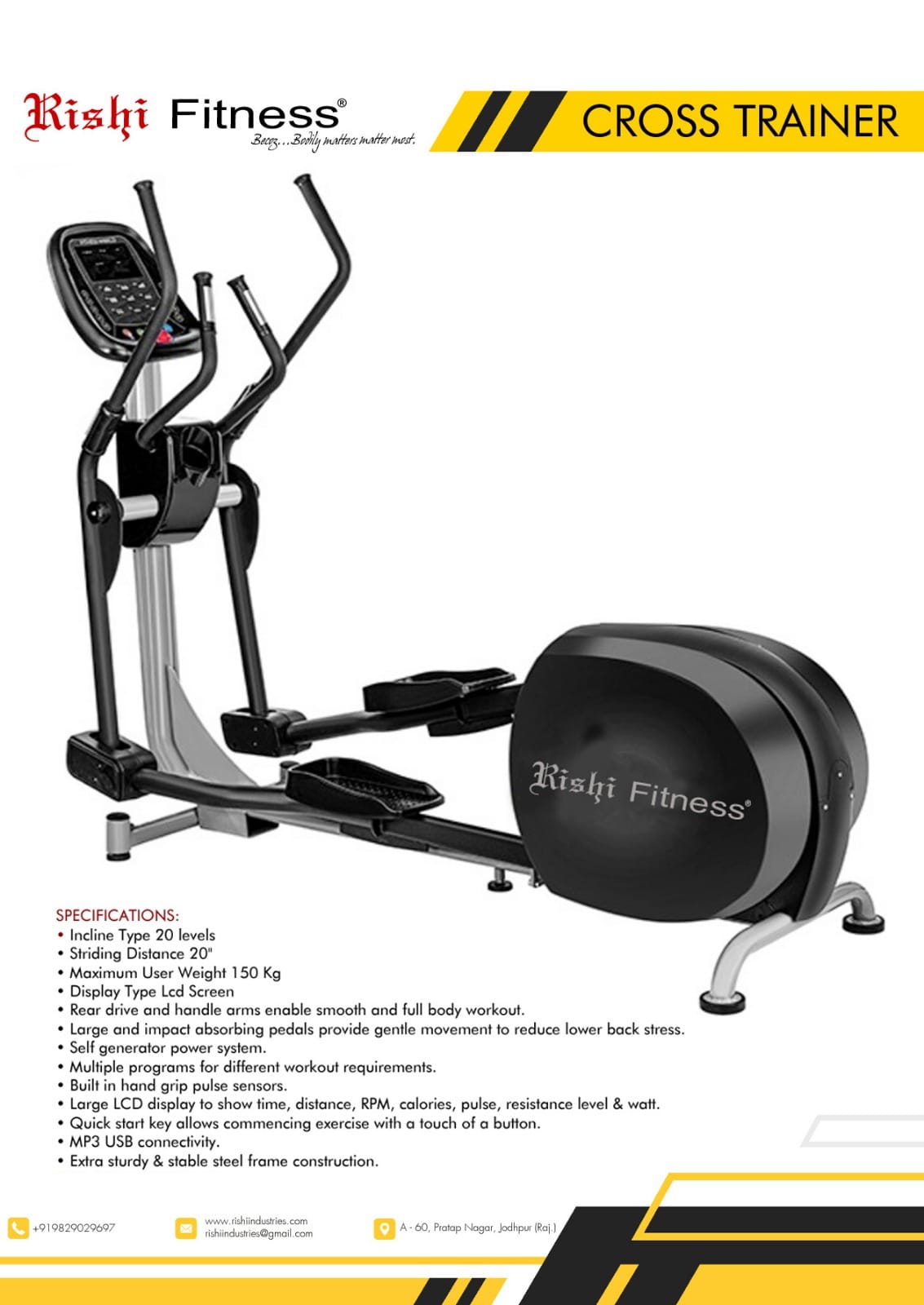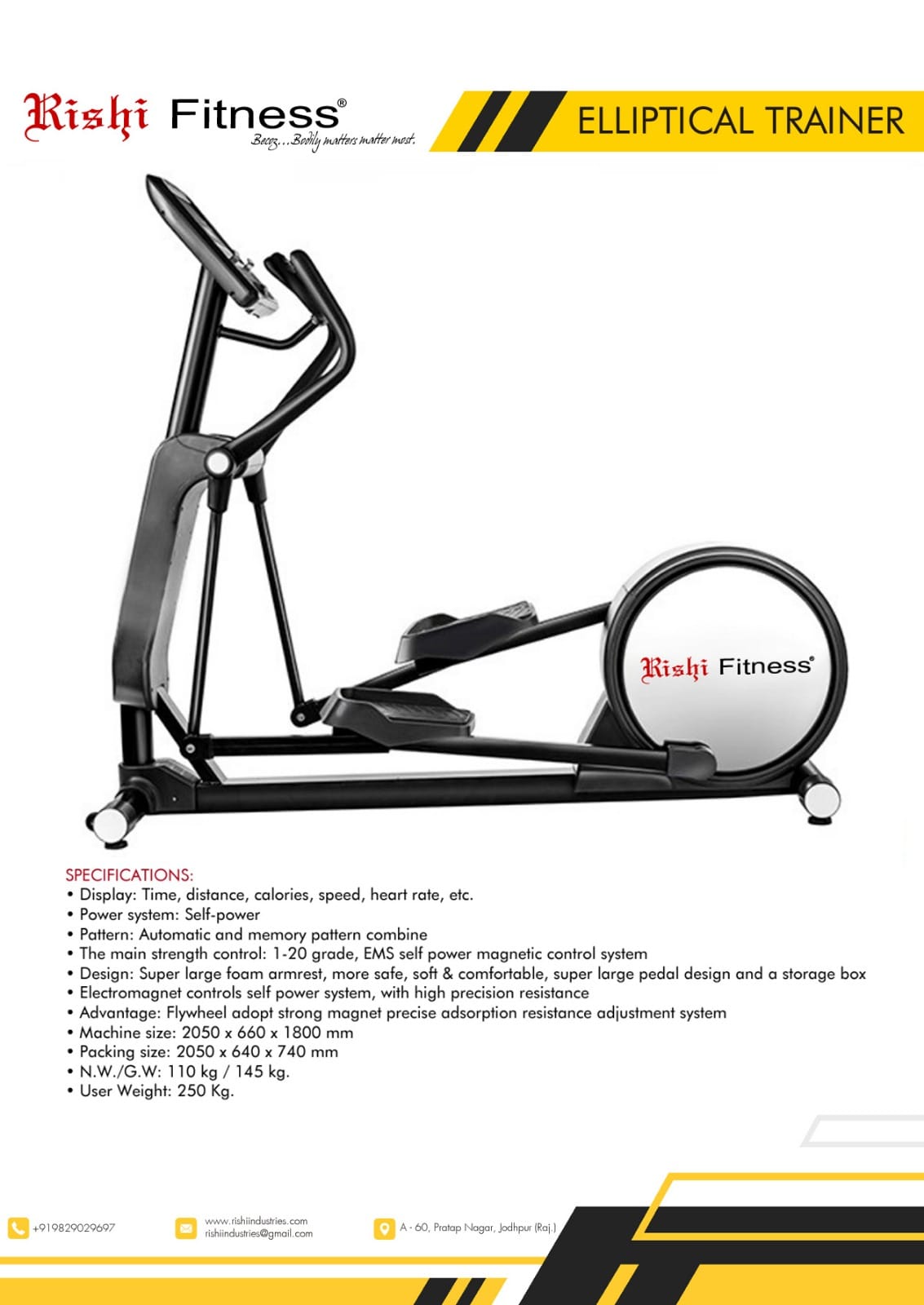Description
Product details
A gymnastic bar is a piece of equipment primarily used in gymnastics and strength training. It is designed to help athletes improve their upper body strength, coordination, flexibility, and skills, particularly for exercises that involve lifting, hanging, or swinging movements. Gymnastic bars come in various forms and are used in both competitive gymnastics and as part of general fitness training. Types of Gymnastic Bars: Horizontal Bar (High Bar): This is one of the two main apparatuses used in men's gymnastics. It consists of a long, horizontal bar mounted at a height, typically around 2.5 meters (8 feet) off the ground. It’s used for swinging and performing acrobatic routines, including releases and other gravity-defying movements. Athletes perform dynamic movements like turns, flips, and releases from the bar. The high bar is often made from materials like steel or fiberglass and has a specific grip to allow gymnasts to hold on securely during their routines. Uneven Bars: This is a gymnastics apparatus used in women’s gymnastics. It consists of two bars placed at different heights, with the lower bar positioned around 1.4 meters (4.5 feet) high and the upper bar set at about 2.5 meters (8 feet) high. Routine movements on the uneven bars involve swinging, transitions between the two bars, releases, and various grips and holds. The goal is to perform a fluid and controlled routine, showcasing strength, flexibility, and technique. Parallel Bars: The parallel bars are an apparatus used in men’s gymnastics, consisting of two parallel bars set at waist height. Athletes perform strength-based exercises like support holds, L-sits, and dismounts from the bars. These exercises focus on building upper body strength, balance, and coordination. The bars are typically made from wood or metal, and some gymnasts may use padding or protective materials to reduce the impact of dismounts. Gymnastics Training Bar (Junior Bar): These bars are generally used in training for younger or less experienced gymnasts. They’re smaller and lower to the ground than competition bars, making them safer for beginners. These bars are often adjustable, allowing for different heights and positions for various exercises. They are often used for practicing fundamental skills such as swings, pull-ups, and other beginner-level gymnastic techniques. Pull-Up Bars (for Home Use): Pull-up bars can also be considered a form of gymnastic bar. These are often used in home gyms for training upper body strength, particularly for exercises like pull-ups, chin-ups, and muscle-ups. They come in various styles, including doorway pull-up bars, wall-mounted bars, and free-standing units. Exercises on a Gymnastic Bar: Pull-Ups: A classic strength-building exercise where you grip the bar and pull your body up until your chin is above the bar. This works the back, biceps, and shoulders. Chin-Ups: Similar to pull-ups but with your palms facing toward you (underhand grip). This variation places more emphasis on the biceps. Muscle-Ups: A more advanced movement that combines a pull-up with a push-up on top of the bar. It requires significant upper body strength, coordination, and technique. Swings: On the horizontal bar or uneven bars, gymnasts perform swinging motions to build momentum. This is foundational for many skills, including transitions, releases, and dismounts. L-Sit: This exercise can be performed on the parallel bars or a gymnastic bar. To perform an L-sit, you hold onto the bar and raise your legs so they form a 90-degree angle with your body, strengthening the core and hip flexors. Dismounts: Dismounts from the bars (especially in competition routines) involve jumping or flipping off the bars with control and precision. They require a combination of upper body strength, timing, and coordination. Handstands and Handstand Push-Ups: Handstands are frequently performed on gymnastic bars to improve balance and coordination. Some advanced athletes also perform handstand push-ups (pushing up while balancing in a handstand position). Kips: A kip is an exercise used in both men’s and women’s gymnastics, where the gymnast swings their legs up from a hanging position, using momentum to propel themselves upward to a supported position on the bar. Benefits of Using a Gymnastic Bar: Strength and Power: Gymnastic bars help build upper body strength, especially in the arms, shoulders, back, and core. Movements such as pull-ups, chin-ups, and muscle-ups engage multiple muscle groups, improving overall muscle development and power. Coordination and Balance: Training on the bars helps develop balance and coordination. Gymnasts must learn to control their body while hanging, swinging, or transitioning between movements, which improves spatial awareness. Flexibility: Gymnastics routines often require significant flexibility, especially in the shoulders, hips, and lower back. Regular practice on the bars helps improve range of motion






